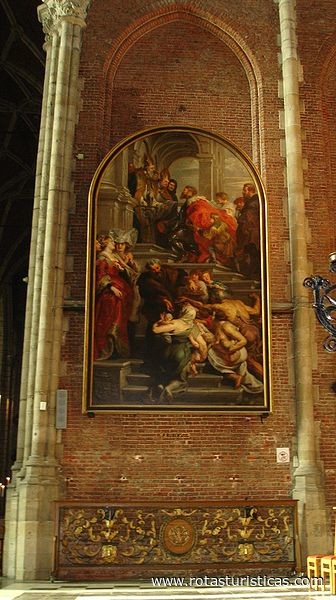Gent, East-Flanders, Belgium
Suggest Place to Visit
5180
Track to location with GPS |
 |
he Saint Bavo Cathedral (also known as Sint-Baafs Cathedral, or the Dutch Sint Baafskathedraal) is the seat of the diocese of Ghent. It is named for Saint Bavo of Ghent.
The building is based upon the Chapel of St. John the Baptist, a primarily wooden construction; it was consecrated in 942 by Transmarus, Bishop of Tournai and Noyon. Traces of this original structure are evident in the cathedral's crypt.
The chapel was subsequently expanded in the Romanesque style in 1038. Some features of this phase of expansion are still evident in the present day crypt.
In the subsequent period from the 14th through 16th centuries, nearly continuous expansion projects in the Gothic style were executed on the structure. A new choir, radiating chapels, expansions of the transepts, a Chapterhouse, nave aisles and a single tower western section were all added during this period. Construction was considered complete June 7, 1569.
In 1539, as a result of the rebellion against Charles V, the old Abbey of St. Bavo was dissolved. Its abbot and monks went on to become canons in a Chapter that was attached to what then became the Church of Saint Bavo. When the Diocese of Ghent was founded in 1559, the church became its Cathedral. The church of Saint Bavo was also the site of the baptism of Charles V.
The cathedral is noted for the Ghent Altarpiece, originally in its Joost Vijd chapel. It is formally known as: The Adoration of the Mystic Lamb by Hubert and Jan van Eyck. This work is considered Van Eyck's masterpiece and one of the most important works of the early Northern Renaissance, as well as one of the greatest artistic masterpieces of Belgium. Several of the painting's wings were bought in 1816 by the English collector in Berlin, Edward Solly. They were bought in 1821 by the King of Prussia, Frederick William III and continued to be kept in Germany. During World War I, other panels were taken from the cathedral by Germany. As part of mandated compensation in the Versailles Treaty after the end of the war, Germany returned the pilfered panels along with the original panels that had been legitimately bought by Solly, to help compensate for other German "acts of destruction" during the war.
The Germans "bitterly resented the loss of the panels", and at the start of another conflict with Germany in 1940, a decision was made in Belgium to send the painting to the Vatican to keep it safe. The painting was en route to the Vatican, in France, when Italy declared war as an Axis power alongside Germany. The painting was stored in a museum in Pau for the duration of the war, as French, Belgian and German military representatives signed an agreement which required the consent of all three before the masterpiece could be moved. In 1942, Adolf Hitler ordered the painting to be seized and brought to Germany to be stored in a Bavarian castle. After Allied air raids made the castle too dangerous for the painting, it was stored in a salt mine. Belgian and French authorities protested the seizing of the painting, and the head of the German army's Art Protection Unit was dismissed after he disagreed with the seizure.
The cathedral is home to the work of another artist of note: Saint Bavo enters the Convent at Ghent by Peter Paul Rubens.
Highlights of the interior decoration of the cathedral include the Baroque high altar (1702–1782), in white, black and red flamed marble, the rococo pulpit (1741–1745), made in oak, gilded wood and white and black marble by Laurent Delvaux, with wrought iron fence by J. Arens, the tomb monuments of Ghent bishops, including that of Antonius Triest, in white and black marble (1652–1654), a major work of Jerôme Duquesnoy (II), finally, a valuable collection of silverware and liturgical vestments.
There are also chairs designed by the contemporary designer Maarten Van Severen.
Comments
We don´t have yet any comments about:
Saint Bavo Cathedral
Saint Bavo Cathedral
Be the first to leave a comment as it is very important to inform other people
Outros locais a visitar
Within a radius of 20 km from:Saint Bavo Cathedral
Igreja de São Nicolau |
| 0,1 Km |
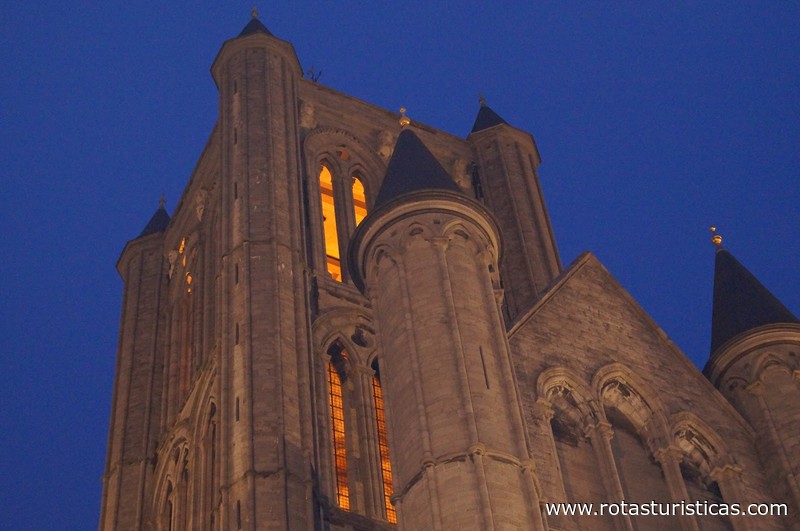 |
Catedral de São Bavo |
| 0,2 Km |
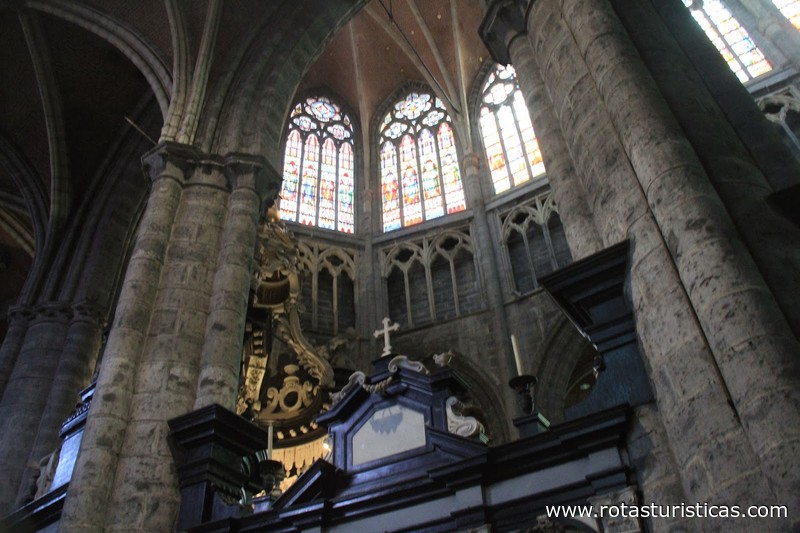 |
Igreja de São Miguel |
| 0,4 Km |
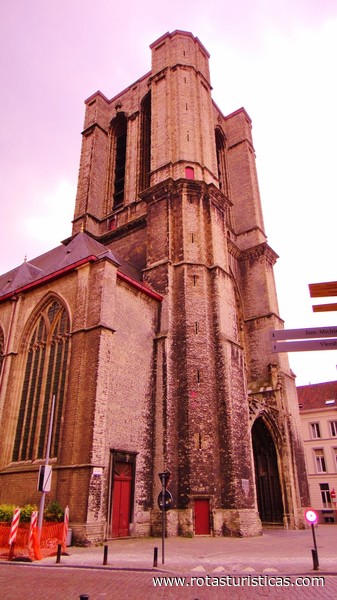 |
Igreja de São Tiago |
| 0,4 Km |
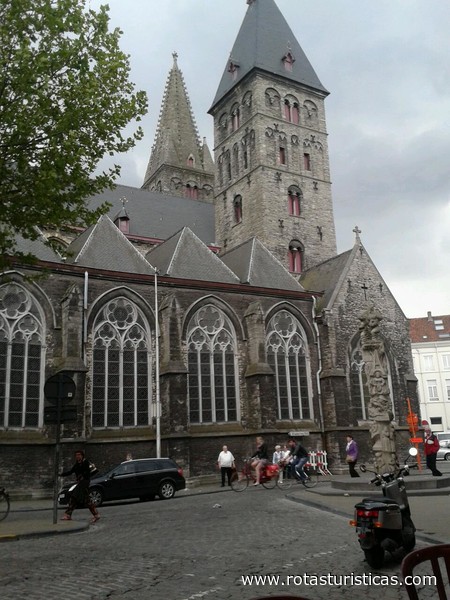 |
Casa de Alijn |
| 0,4 Km |
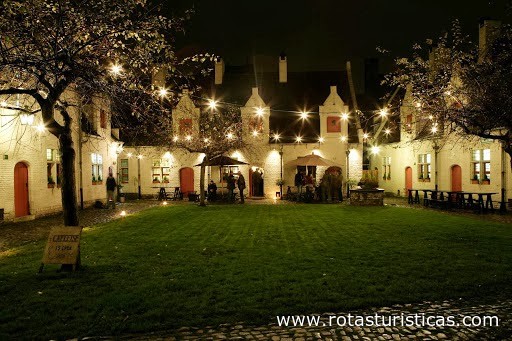 |
O museu do design |
| 0,5 Km |
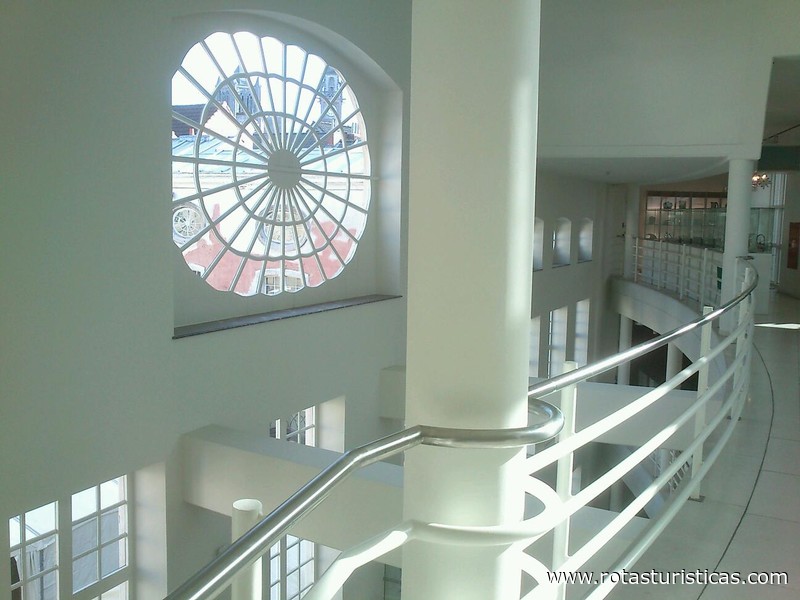 |
De School Van Toen |
| 0,6 Km |
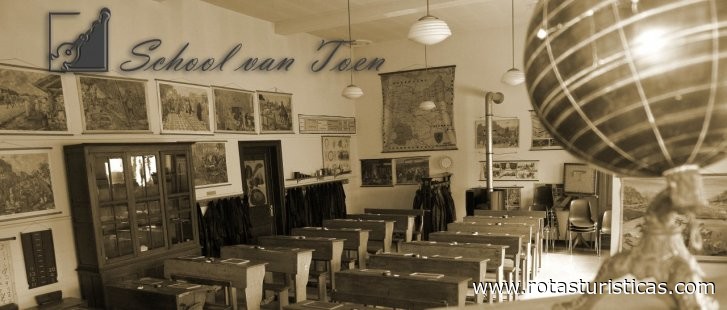 |
Provinciaal Cultuurcentrum Caermersklooster |
| 0,6 Km |
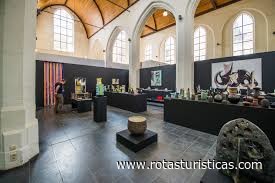 |
Igreja de Santa Ana |
| 0,9 Km |
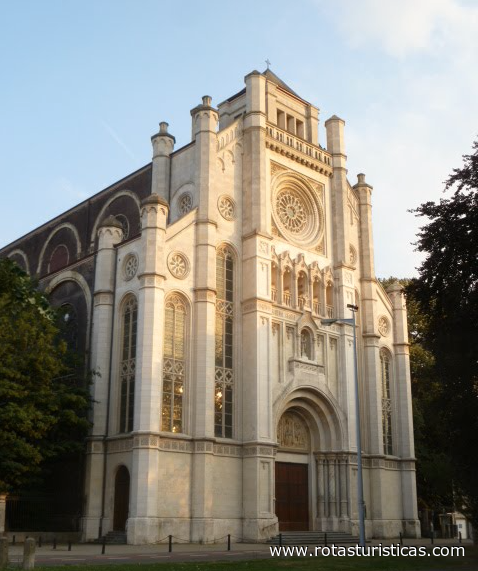 |
Queen Astrid Park |
| 1,0 Km |
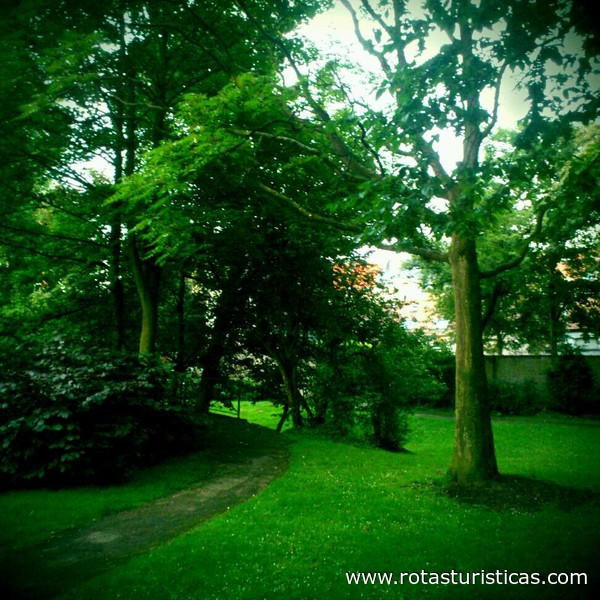 |
Begijnhof O.l.v. Ter Hoyen / Klein Begijnhof Gent |
| 1,1 Km |
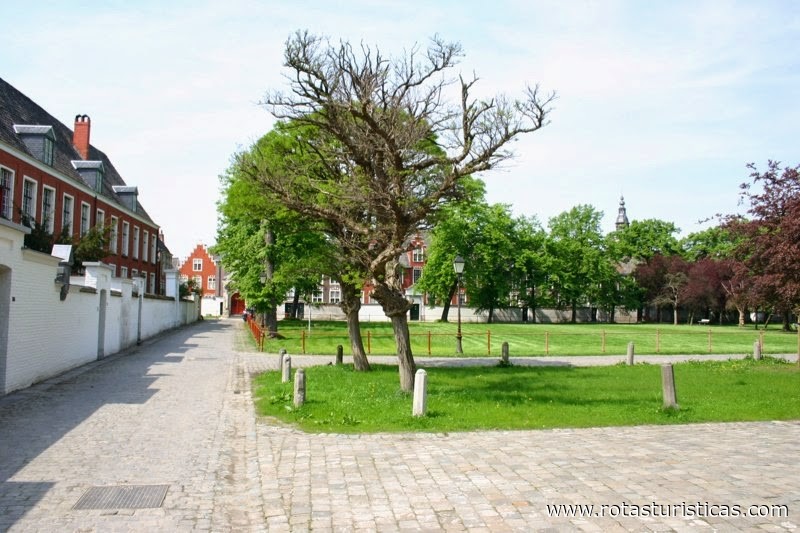 |
Koning Albert |
| 1,1 Km |
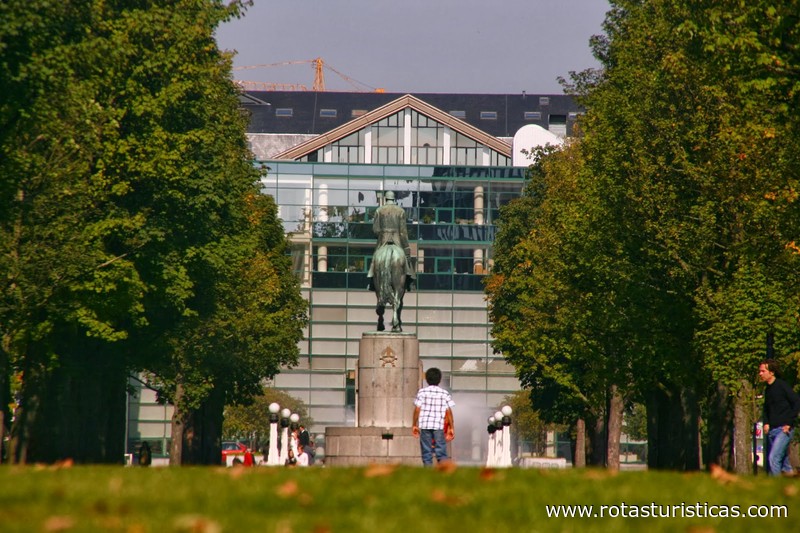 |
Stam - Museu da Cidade de Ghent |
| 1,2 Km |
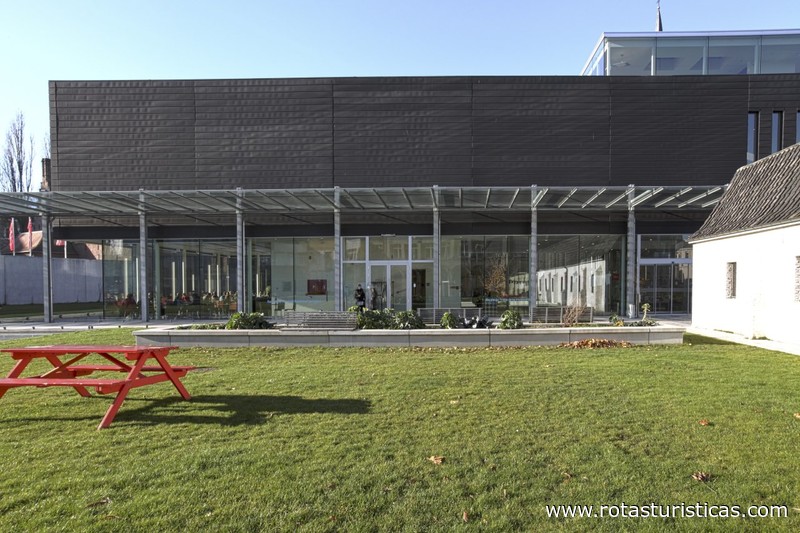 |
museu bela-Artes |
| 1,7 Km |
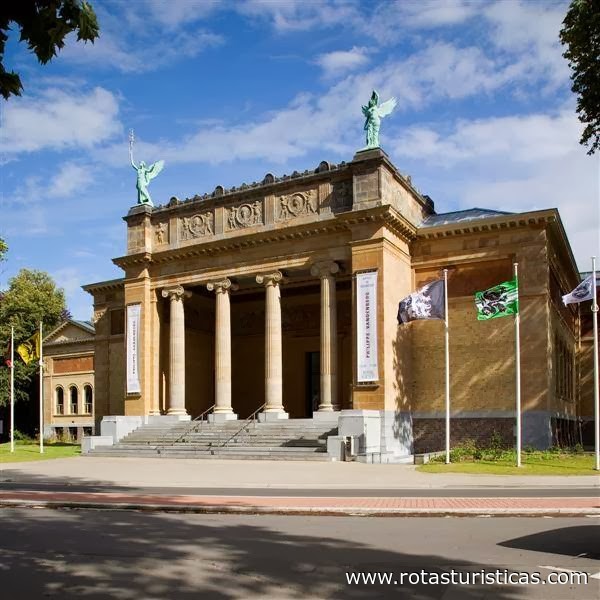 |
Stedelijk Museum Voor Actuele Kunst (s.m.a.k.) |
| 1,7 Km |
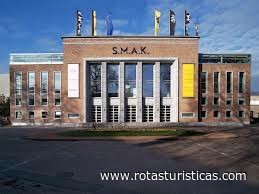 |
Illuseum |
| 2,1 Km |
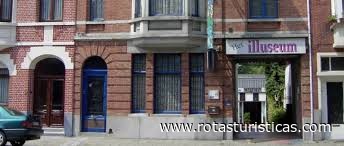 |
Local de peregrinação Oostakker-lourdes |
| 4,2 Km |
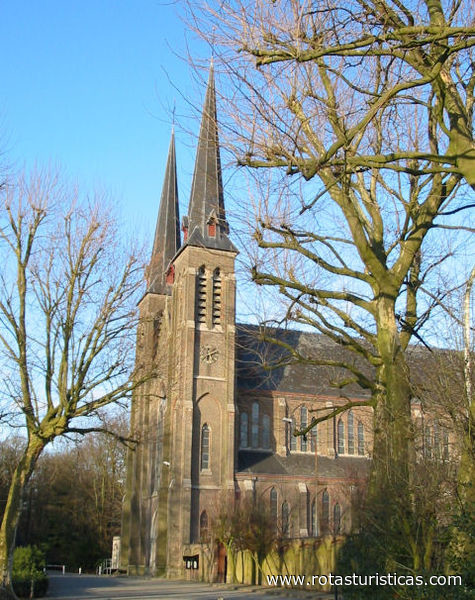 |
Laarne Castle |
| 8,4 Km |
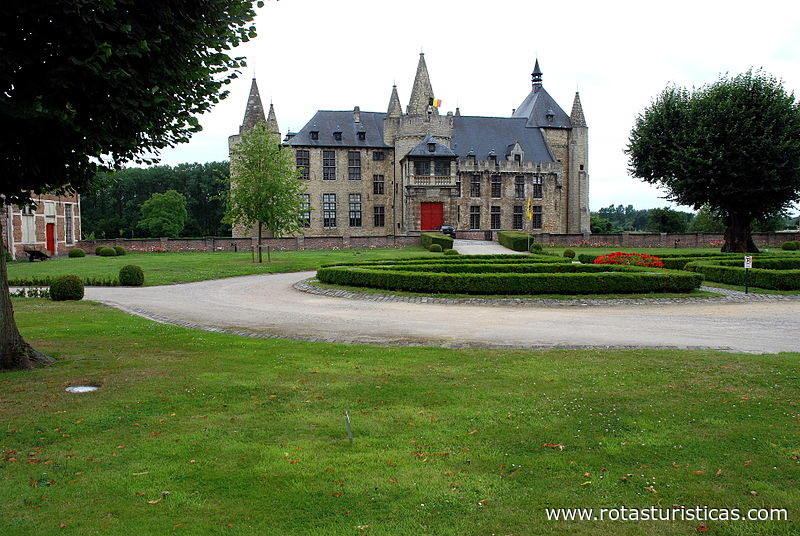 |
Museum mw J.dhondt-dhaenens |
| 10,0 Km |
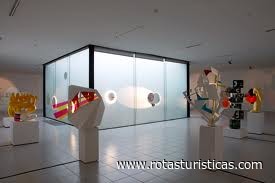 |
Museu Arqueológico Provincial (pam) Velzeke |
| 19,2 Km |
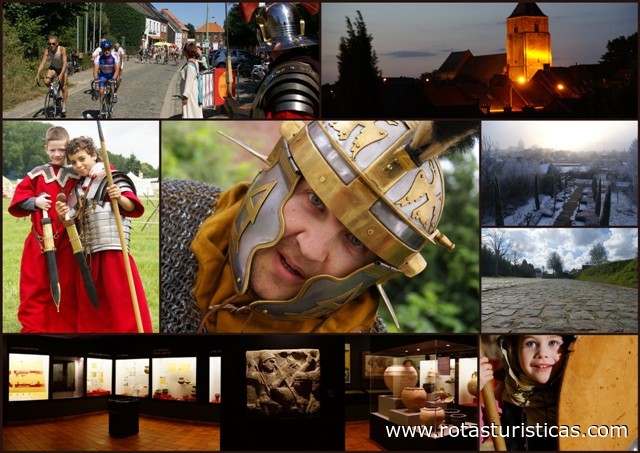 |
Roger Raveel (museum) |
| 19,7 Km |
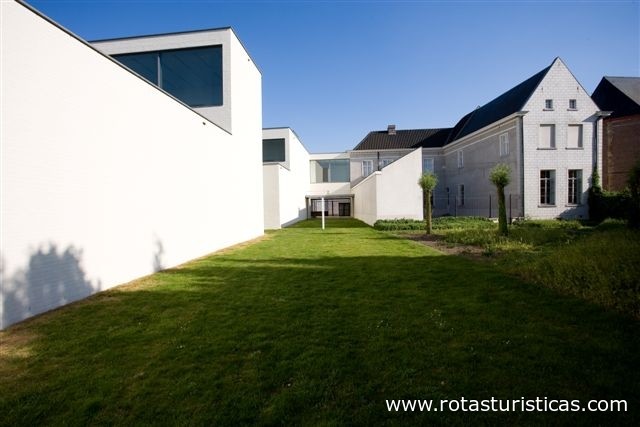 |
Hotel reservation near Saint Bavo Cathedral within a radius of 20 km
Why to book with CLUBE TRAVEL
The best prices
Our partnerships with the world´s largest operators offer research on the best market prices.
More options
At Rotas Turisticos you can book the hotel, buy the air ticket, book the transfer from the airport to the hotel and vice versa, book the local excursions, rent the car, take travel insurance and consult the places to visit and where to go.
Holiday Tips & Destinations
Hundreds of holiday destinations with all the options that allow you to easily choose the destination that best suits your dream vacation.
CLUBE TRAVEL
Links


